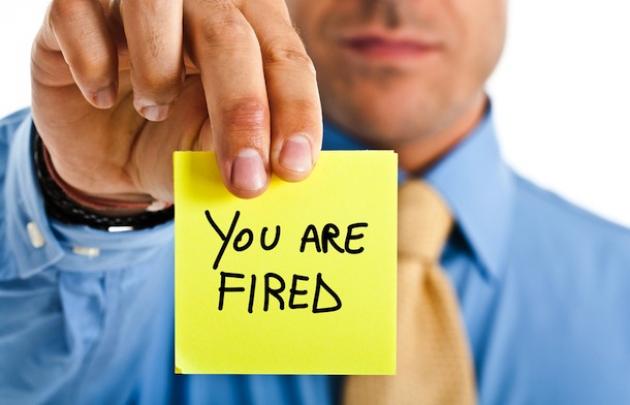Heat-related illness results in resulting in clusters of red pimples or gooseflesh appearance of the skin
:max_bytes(150000):strip_icc():format(webp)/Health-GettyImages-1252857364-ade68c469a54402cbe3a77df459559a7.jpg)
What is Heat Rash or Prickly Heat?
First Aid Response - move to a cooler, less humid area, keep rash dry, apply powder to increase comfort (do not apply ointments or creams)
Alcohol use is a ________ risk factor
What is personal?
*Additional personal risk factors include:
Health conditions - diabetes, high blood pressure, being overweight, heart disease, kidney disease, respiratory diseases, etc.
Medications - antihistamines, diarrhea medications, diuretics, muscle relaxants, sedatives, psychiatric medications, etc.
Physical Characteristics - old age, lower physical fitness level, pregnancy, history of heat-illness, acclimatization level, etc.
Behavior Choices - alcohol or caffeine consumption, illicit drug use, lower water consumption, etc.
When to perform heavy work
What is during the cooler parts of the day?
*Early morning or evening
Method to get suitably cool, potable water during work
What is from drinking fountains, portable coolers, and/or ice machines?
Heal illness that includes muscle pain or spasms in abdomen, arms or legs

What is Heat Cramps:
First Aid Response - drink fluids every 15 to 20 minutes, eat a snack or sports drink, get medical help if symptoms do not subside within 1 hour
PPE _______ the heat load burden to the body
What is increases?
*So does the level of activity and exertion you are doing, and clothing you are wearing.
Amount of water to consume when hot

What is frequent, small quantities, up to 4 cups per hour?
Shade or cool-down areas available to you
What is:
-Air-conditioned vehicles
-Air-conditioned buildings
-Canopies/pop-up tents
-Trees or other?
*Supervisor should encourage preventative cool-down rest periods and monitor employees for heat-related symptoms.
Engineering controls to reduce indoor heat exposure should be implemented first.
Heat-related illness with a symptom of hot, dry skin
What is Heat Stroke?
Additional Symptoms - confused or altered mental state, slurred speech, loss of consciousness, seizures, very high body temperature
First Aid Response - CAN BE FATAL - CALL 911 IMMEDIATELY, move to cool area, remove outer clothing, cool with water/cold compress/ice/fans, stay with worker until help arrives
Heat-illness susceptibility is similar for everyone
What is false?
*It is important you are aware of your risk factors and communicate concerns you have with your supervisor.
Process for gradually increasing exposure to heat
What is Acclimatization?
*Day 1 = 50%, Day 2 = 60%, Day 3 = 80%, Day 4 = 100%, New workers = 20% increase each day
Applicable during initial heat exposure or during heat waves, monitoring period is 14 days
Trigger temperature for high-heat provisions
What is 95 degrees?
*Supervisors need to monitor the weather and employees, conduct pre-shift meetings to discuss procedures, implement mandatory buddy system or regular check-ins, remind employees to drink plenty of water, and rights to take a cool-down break when necessary.
Heat illness including headache, nausea and dizziness

What is Heat Exhaustion?
Additional Symptoms - weakness, irritability, thirst, heavy sweating, elevated body temperature, decreased urine output.
First Aid Response - Call for medical help or take to health facility for evaluation move to cool area, give cool liquids and encourage frequent sips, remove unnecessary clothing, cool with water/cold compress/ice/fans, stay with worker until help arrives
Low or lack of air movement is a _______ risk factor
What is environmental?
*Also: High temperature, high humidity, heat from radiant or conductive heat sources (sun, ground, machinery, etc.)
Types of clothing to wear
What is light colored, loose fitting?
Discipline for exercising your heat prevention rights

What is NONE?